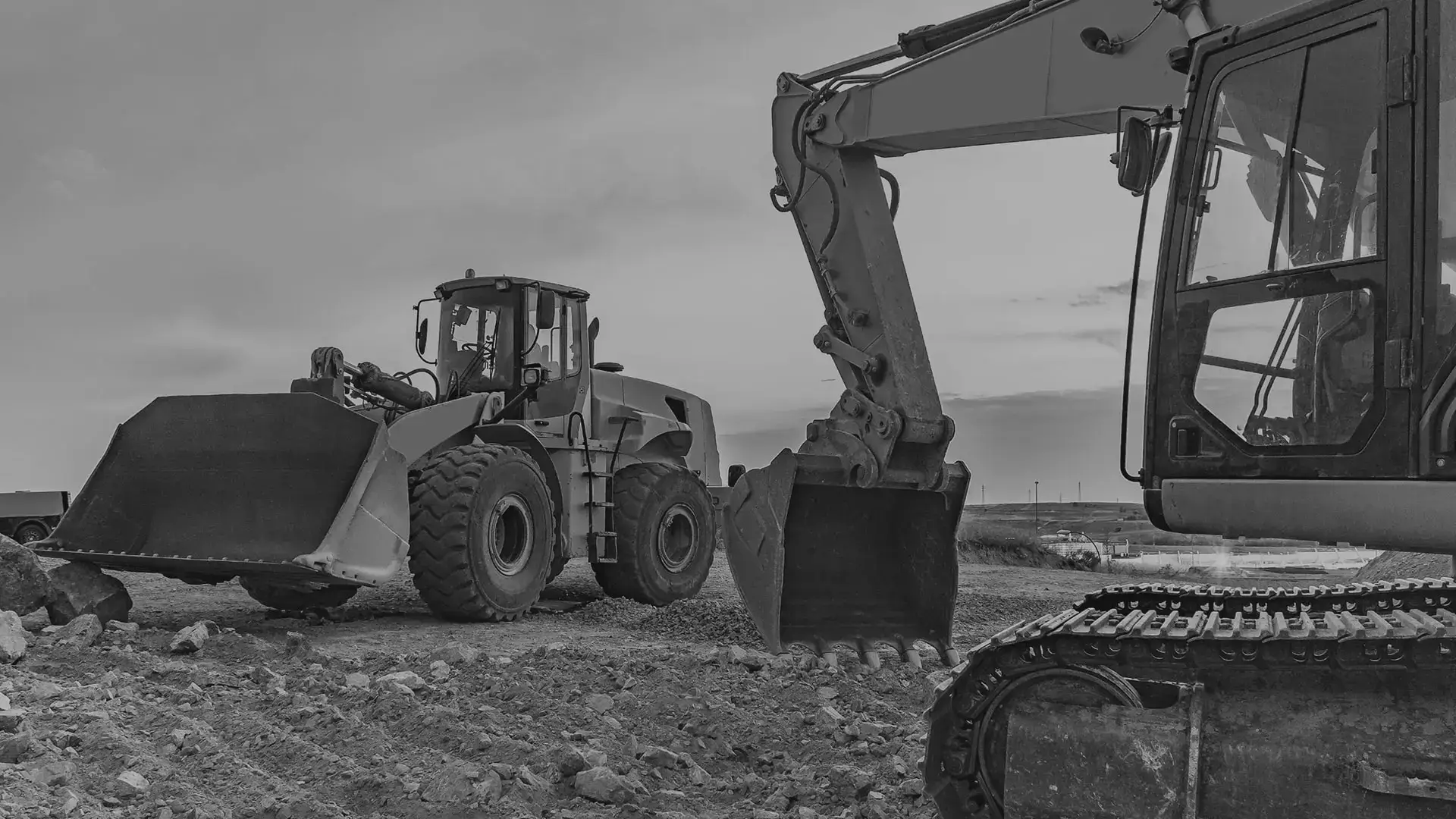About Hub City Lending
Why Choose Hub City Lending
1. Expertise that Matters: Our team of financial professionals brings a wealth of expertise to the table. With years of experience in the industry, we understand the nuances of various financial landscapes, allowing us to provide informed and strategic solutions.
2. Tailored Financing Options: Unlike traditional banks or local lending institutions that focus solely on credit-worthy businesses, Hub City Lending leverages its extensive network of national lenders to tailor financing options that suit your specific needs. We believe in personalized approaches to ensure your financial success.
3. Transparent and Trustworthy: Transparency is at the core of our values. We maintain open communication throughout the financing process, ensuring that you are informed every step of the way. Trust is the foundation of our client relationships, and we prioritize building long-lasting partnerships based on integrity.
Our Services
1. Semi-Truck Financing: Explore our comprehensive semi-truck financing options designed to empower businesses in the transportation industry. Whether you’re a small fleet owner or an independent owner-operator, Hub City Lending has the expertise to secure the right financing for your semi-truck needs.
2. Bridge Loans in Texas: Navigate real estate transactions seamlessly with our bridge loans in Texas. Hub City Lending offers flexible and competitive financing solutions, ensuring you have the support you need to bridge the gap between property transactions.
3. Commercial Bridge Loan Lenders: As trusted commercial bridge loan lenders, we facilitate swift and efficient funding for businesses looking to bridge financial gaps during crucial periods. Our expert team works closely with clients to understand their unique requirements and provide customized solutions.
4. Equipment Financing Texas: Propel your business with our equipment financing solutions tailored for Texas businesses. Hub City Lending ensures that you have access to the funding required to acquire and upgrade equipment essential for your operations.
5. Mortgage Loans for Pastors: Our specialized mortgage loans for pastors reflect our commitment to supporting religious leaders in achieving their homeownership goals. Benefit from our tailored mortgage solutions designed with the unique needs of pastors in mind.
6. Working Capital Loans: Enhance your business liquidity with our working capital loans. Hub City Lending understands the importance of a healthy cash flow, and our financing solutions are crafted to provide the working capital required for sustained growth.
7. Small Business Loan in Texas: Empower your small business with our tailored small business loans in Texas. Whether you are starting a new venture or expanding your current operations, Hub City Lending is your trusted partner for securing the financing you need.
8. Texas Business Loan: Unlock the potential of your business with our Texas business loans. Our dedicated team works closely with entrepreneurs to understand their goals and provide customized financing solutions that drive success.
Contact Us
Ready to take the next step towards financial success? Contact Hub City Lending today to discuss your unique financing needs. Our team is here to provide personalized solutions and guide you through every aspect of the financing process.
Hub City Lending is your trusted partner for all your financing needs. With our expertise, flexibility, and customer-centric approach, we are committed to helping you achieve your business goals. Get in touch with us today, and let’s embark on a journey towards financial success together!
Our Services
Hub City Lending Blog

Published:February 16, 2024 Modified:February 16, 2024Embarking on the journey of expanding your trucking business is an exciting endeavor. As your fleet grows, so do increased profits and market presence opportunities. However, acquiring and maintaining a fleet of 18-wheelers involves a significant financial investment. This is
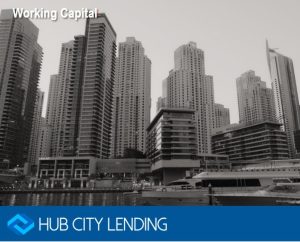
Published:February 16, 2024 Modified:February 16, 2024Starting a new business is an exciting venture filled with aspirations and dreams of success. However, navigating the intricate landscape of entrepreneurship demands more than just passion; it requires strategic planning, resilience and adequate financial support. At Hub City Lending,
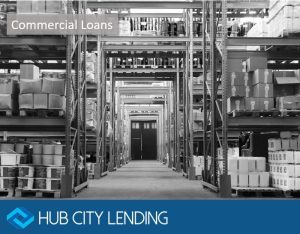
Published:February 16, 2024 Modified:February 16, 2024Running a successful business often requires strategic financial planning, and securing the right commercial loan can play a pivotal role in your company’s growth and stability. At Hub City Lending, we understand the unique needs of businesses in Texas, and
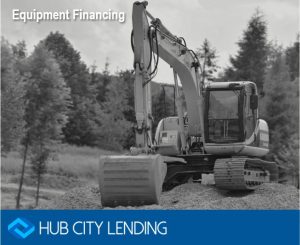
Published:January 9, 2024 Modified:January 9, 2024Embarking on the journey of expanding your trucking business is an exciting endeavor. As your fleet grows, so do increased profits and market presence opportunities. However, acquiring and maintaining a fleet of 18-wheelers involves a significant financial investment. This is
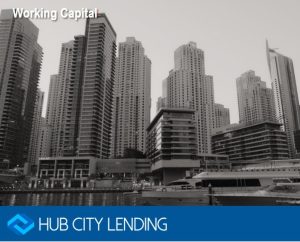
Published:January 4, 2024 Modified:January 4, 2024Navigating through a myriad of challenges in the business landscape, startups often discover a critical factor that can make or break their journey: working capital. The heartbeat of any business, working capital is the fuel that keeps operations running smoothly,

Published:December 29, 2023 Modified:February 16, 2024Owning a home is a dream for many, but the path to homeownership can be filled with challenges, especially when navigating the complex world of mortgages. In Texas, where the real estate market is thriving, having a reliable partner as

Published:December 28, 2023 Modified:February 16, 2024Are you a business owner eager to propel your enterprise to new heights? Working capital is one crucial factor that often determines the speed and scale of growth. At Hub City Lending, we understand the dynamic needs of businesses, and

Published:November 9, 2023 Modified:November 9, 2023 If you are a business owner or entrepreneur in Texas seeking financing for your commercial venture, you understand the significance of securing the right loan to fuel your growth. Commercial loans in Texas are instrumental in facilitating business expansion

In the fast-paced world of business, access to capital is often the key to success. Whether you are a construction company looking to expand your fleet or a manufacturing business in need of new machinery, financing can be a critical factor in achieving your growth

In today’s dynamic business landscape, maintaining financial stability is crucial for the success and growth of small businesses. Whether you’re a startup looking to establish your presence or an established company seeking to expand, having access to working capital is key. Small business working capital

If you’re a small business owner in the trucking industry, you understand the significant role semi-trucks play in your operations. They are the lifeblood of your business, transporting goods and ensuring timely deliveries. However, acquiring your first-time semi-truck can be daunting, especially if you’re just

Published:October 9, 2023 Modified:October 9, 2023 In the complex world of real estate financing, the expertise of a commercial mortgage lender can be invaluable. These financial professionals play a pivotal role in assisting businesses to secure the funding they need to acquire, develop, or refinance

